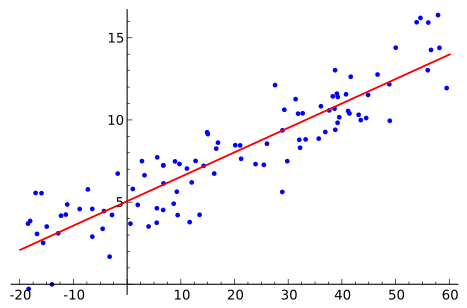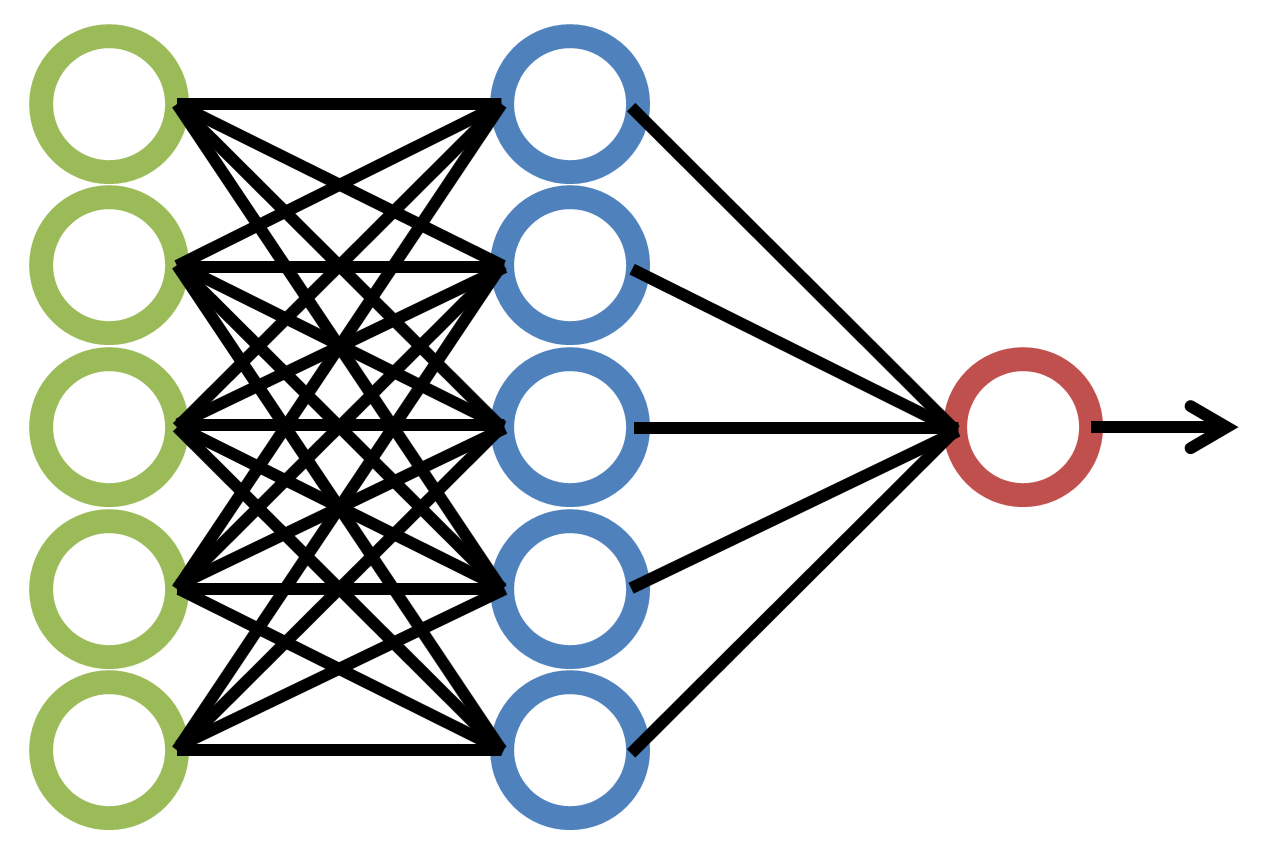
Machine Learning for Biology
Learn how to apply machine learning to biological datasets using Python.
-
Getting started
Google Colab and Important Python Packages
-
Linear and Logistic Regression
A tutorial on using linear and logistic regression
Meet your instructors
✳
Meet your instructors ✳
HARRY
JUSTIN
We are passionate about bringing the world of artificial intelligence and machine learning to biology and making the field more accessible.
What you’ll learn
-
Linear regression predicts a continuous outcome by finding the best-fitting straight line through data points. Logistic regression predicts a binary outcome using a curve that models the probability of a certain class or event.
-
Classification algorithms predict categorical outcomes by assigning data points to predefined classes. They use patterns in the data to determine the most likely category for each input.
-
Neural networks are models inspired by the brain that consist of layers of interconnected nodes (neurons) which process and learn from data. They adjust their connections (weights) to improve predictions through a process called backpropagation.
Course FAQ
-
The foundation of this course is programming in Python. However, we will teach you without relying on prior knowledge of Python and provide you with additional resources to succeed, regardless of your programming background.
-
This course is a beginner's course. By the end of it you will have a strong foundation for using machine learning algorithms to analyze biological datasets.
-
This topic is covered in our other course, Computational Biology for Beginners. In addition to the datasets discussed there, we recommend kaggle.com.





